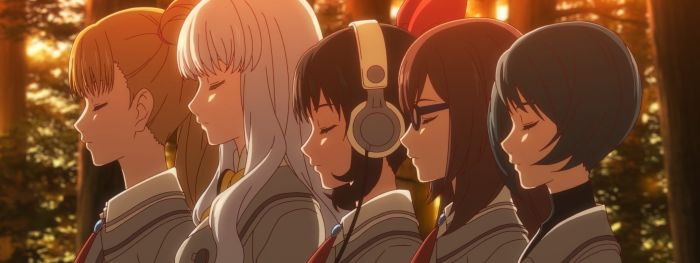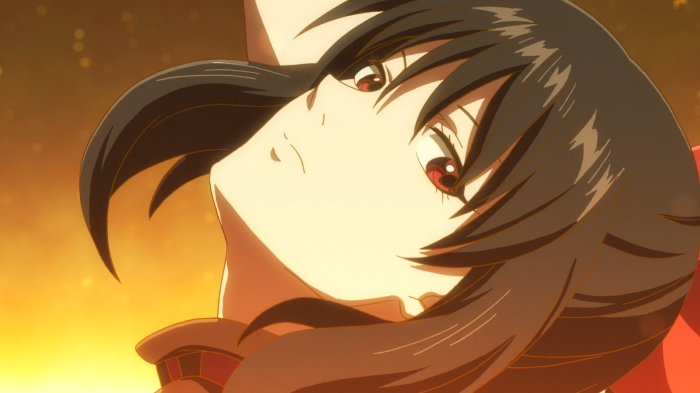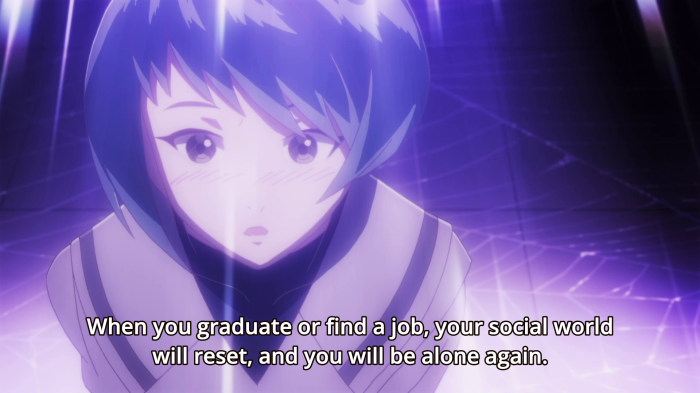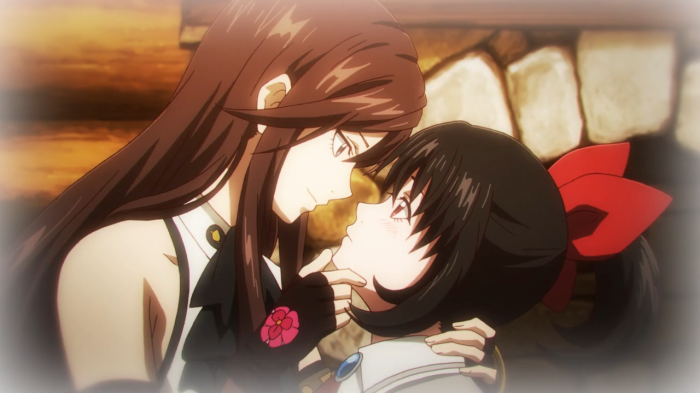Love in Hell is a timeless story of love, regret, and BDSM.
Rintaro Senkawa, a 27-year old NEET, accidentally dies after a night of excessive drinking. He wakes up buck naked in Hell, and is greeted by a petite devil girl named Koyori. She wears a leather bralette with matching short-shorts, and totes a huge spiked bat. Rintaro is her first assignment, and she is to guide him through this new world and experience. Being a rookie, many things are new for her as well.
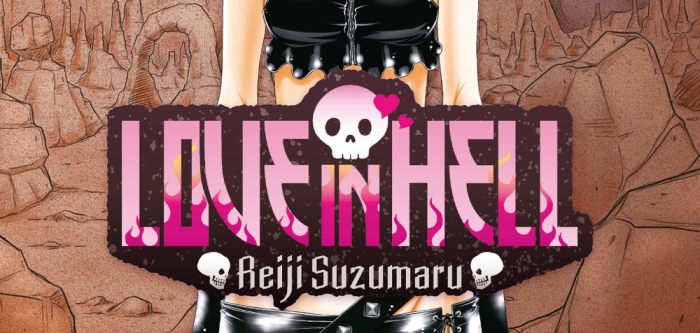
In Hell, the predicaments that Rintaro encounters center on trying to learn how to navigate the economy there. This is necessary to earn money and virtue for entry into Heaven. There are amusing real-life parallels to how people pursue good deeds to atone for their wrongs, providing an accessibility and means to care about what happens to the lead characters. Naturally, being an ecchi, there’s also plenty of fanservice. There are the obligatory boob and butt shots, and bits of nudity here and there, but Love in Hell isn’t wholly dependent on appealing to our lower brains.
The drama isn’t laid on too thick, or prolonged more than necessary. Aside from some brief scenes with child abuse, the tone is mostly lighthearted. If I had to nitpick something, which is truly a nitpick because it barely qualifies as important, is that the romance may have evolved (or devolved) a bit quickly, but not quite to the point of feeling artificial. Besides, there may have been a reason for this pacing, which I won’t divulge here because it may be a spoiler.
Love in Hell marks a strong debut for artist and writer Suzumaru Reiji. It distinguishes itself from the standard work of this type with a rounded narrative, likable characters, and consistently sharp artwork with some impressively detailed backgrounds, and comically violent vignettes. At only 18 chapters/3 volumes, this is the kind of manga that you can easily pick up, chill and laugh with, and re-read when you need something to lighten your mood. I ended up buying the 488-page omnibus release from Seven Seas Entertainment. Sadly, I don’t see this manga mentioned much. It’s definitely worth checking out if you’re looking for a fun and quick read.
